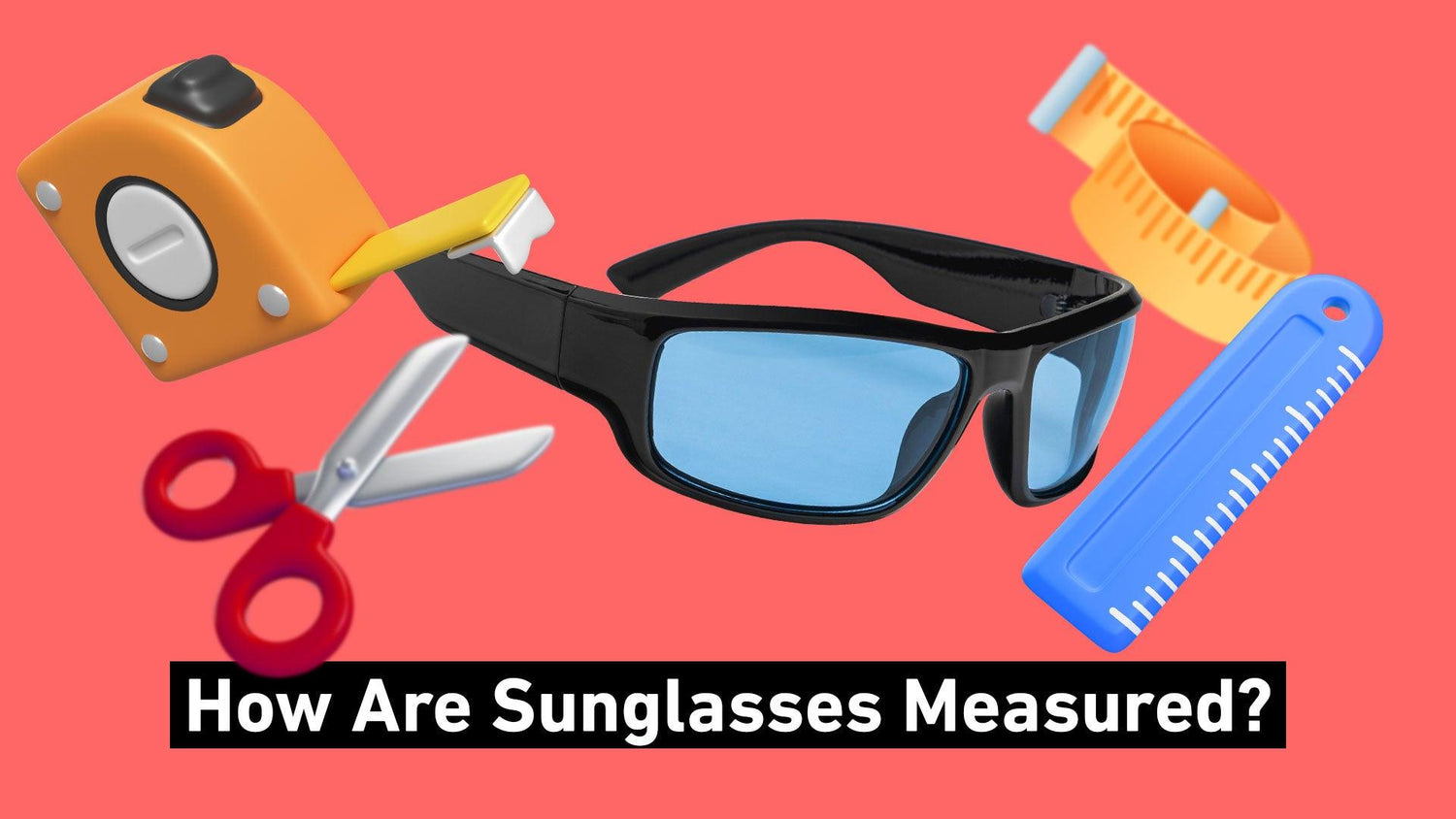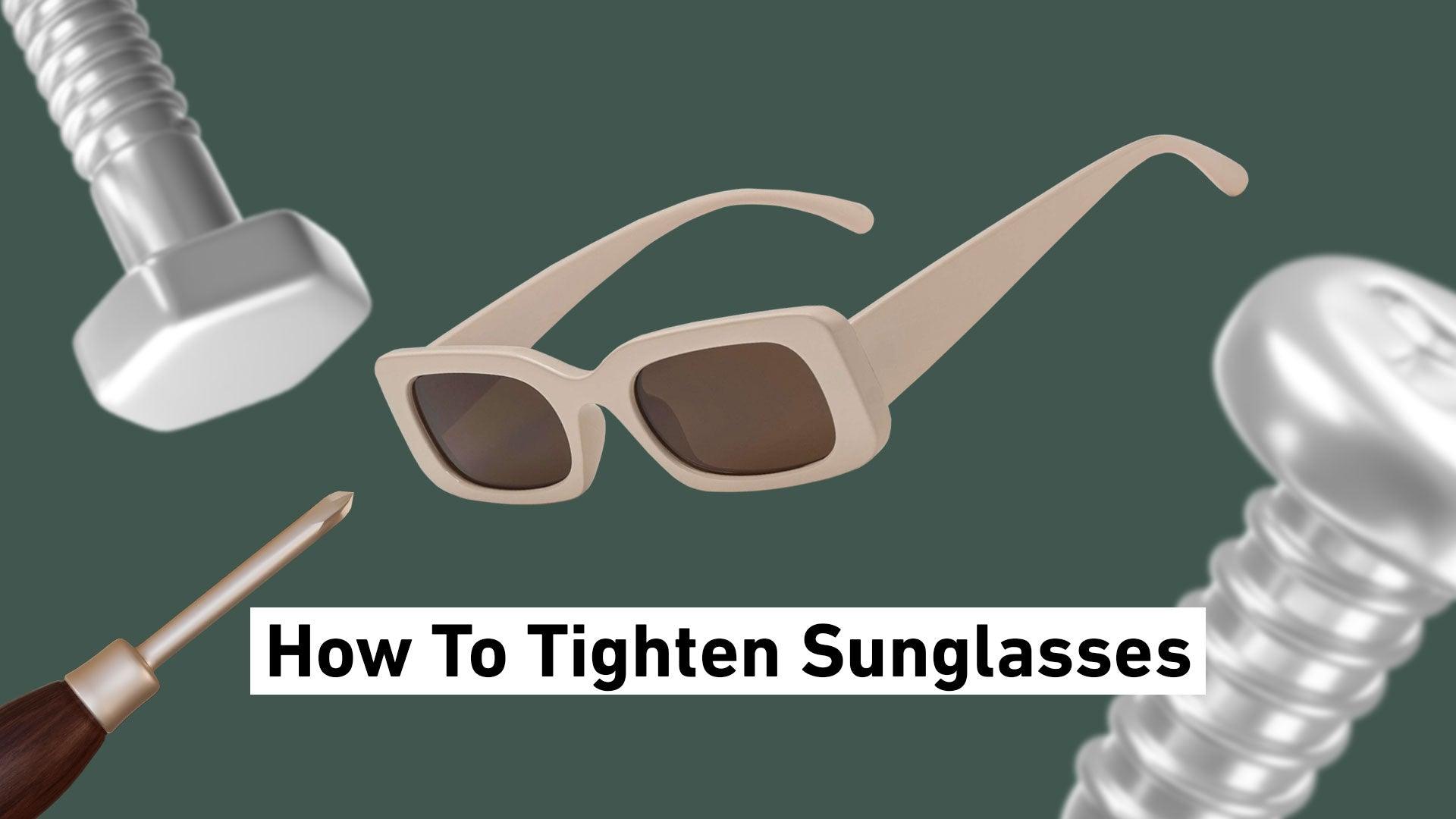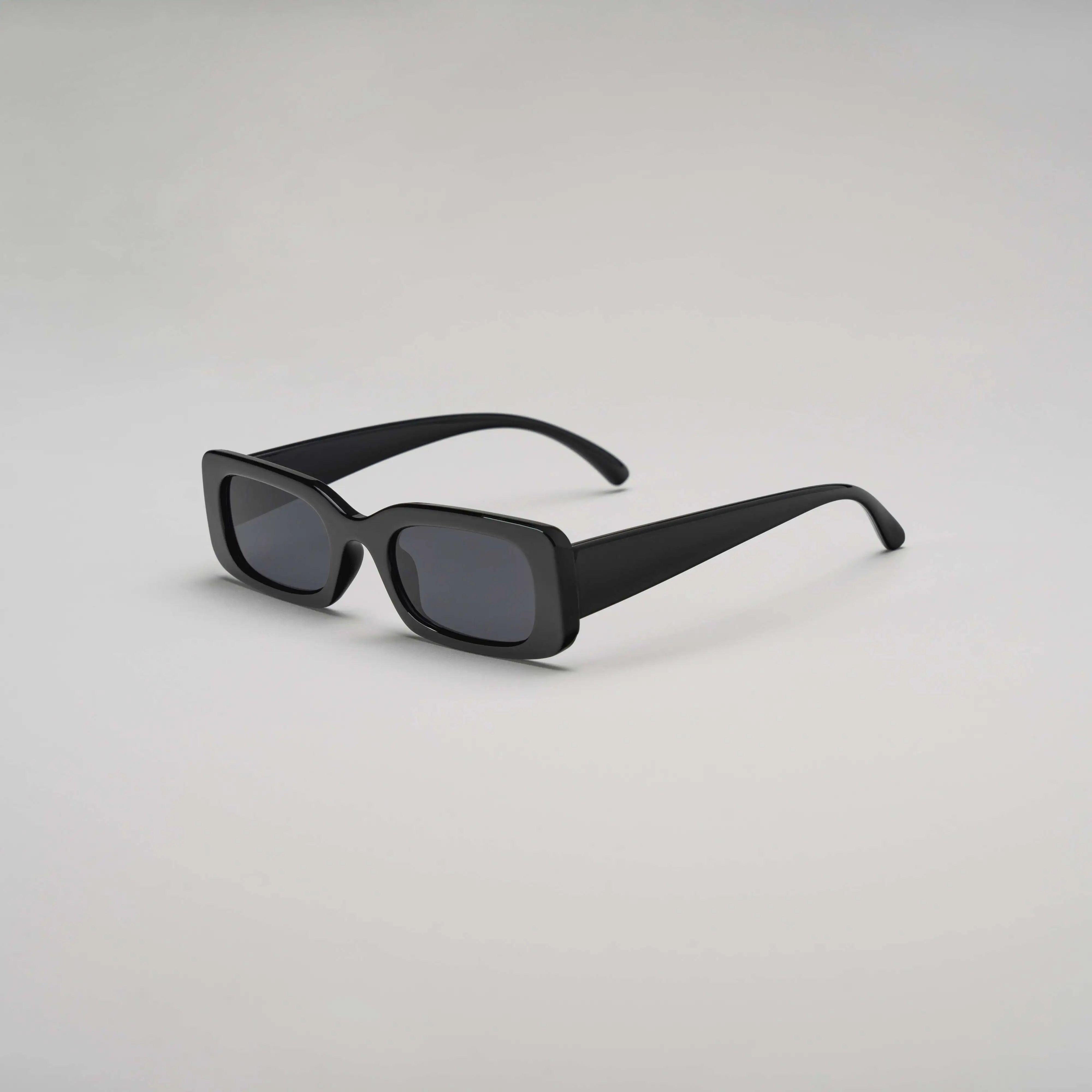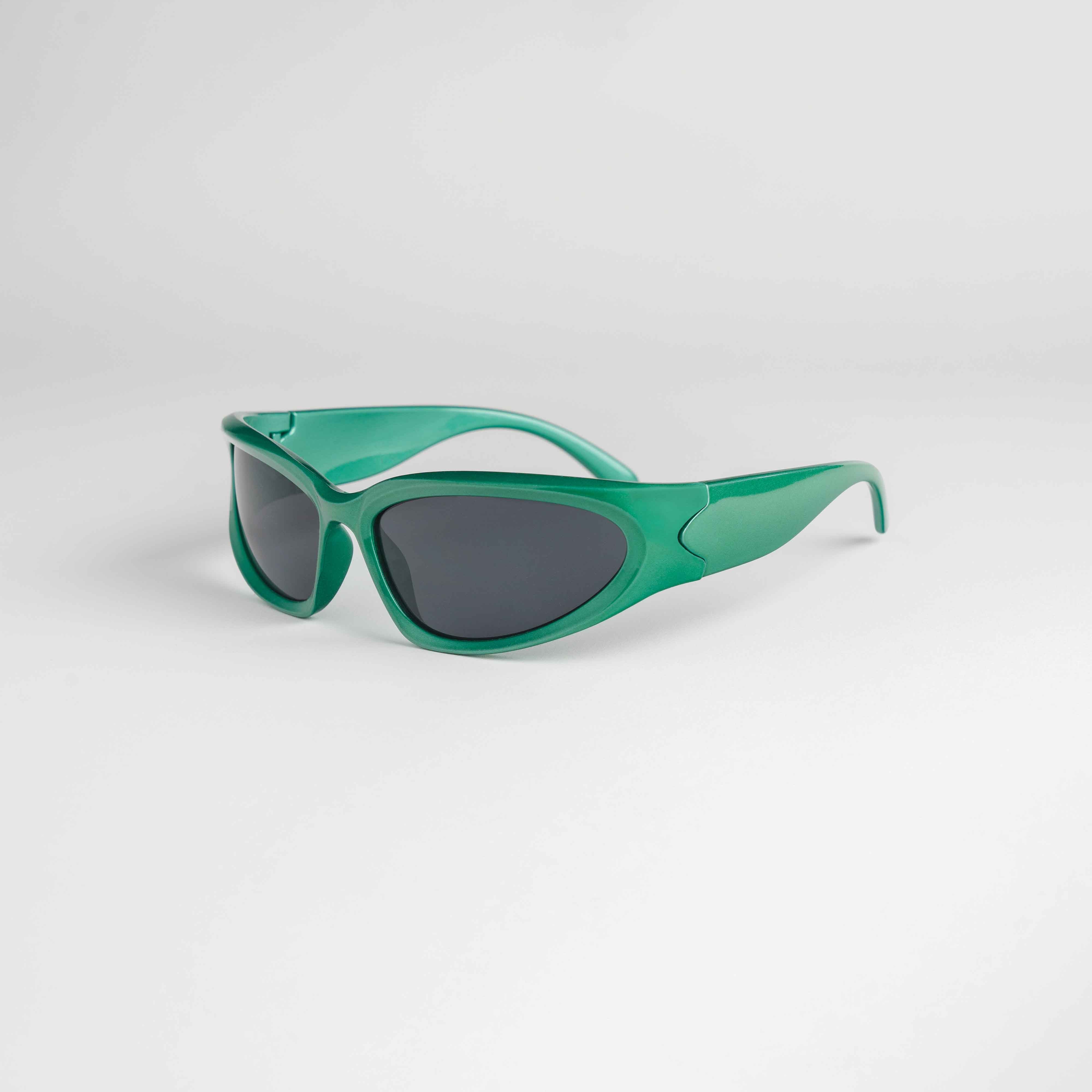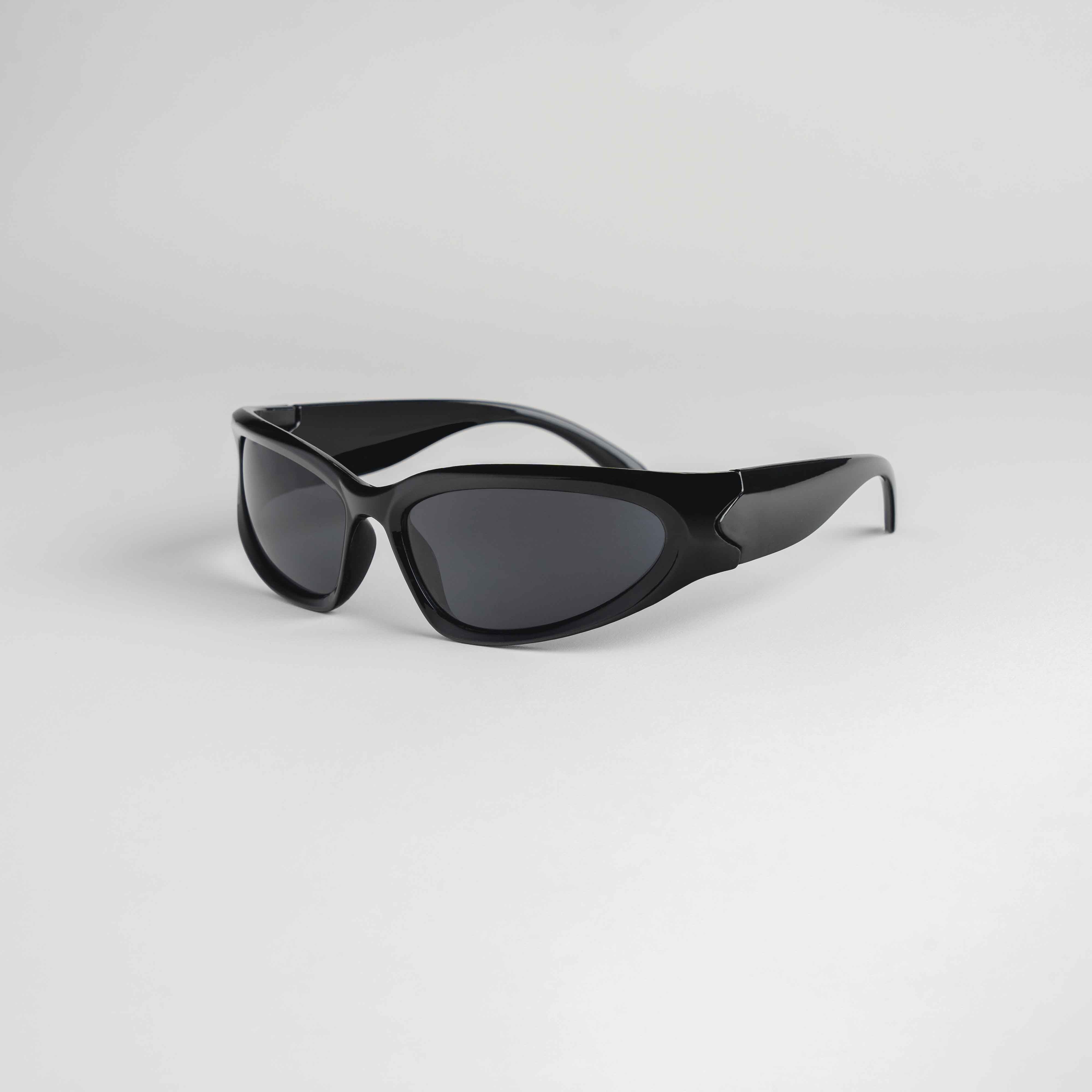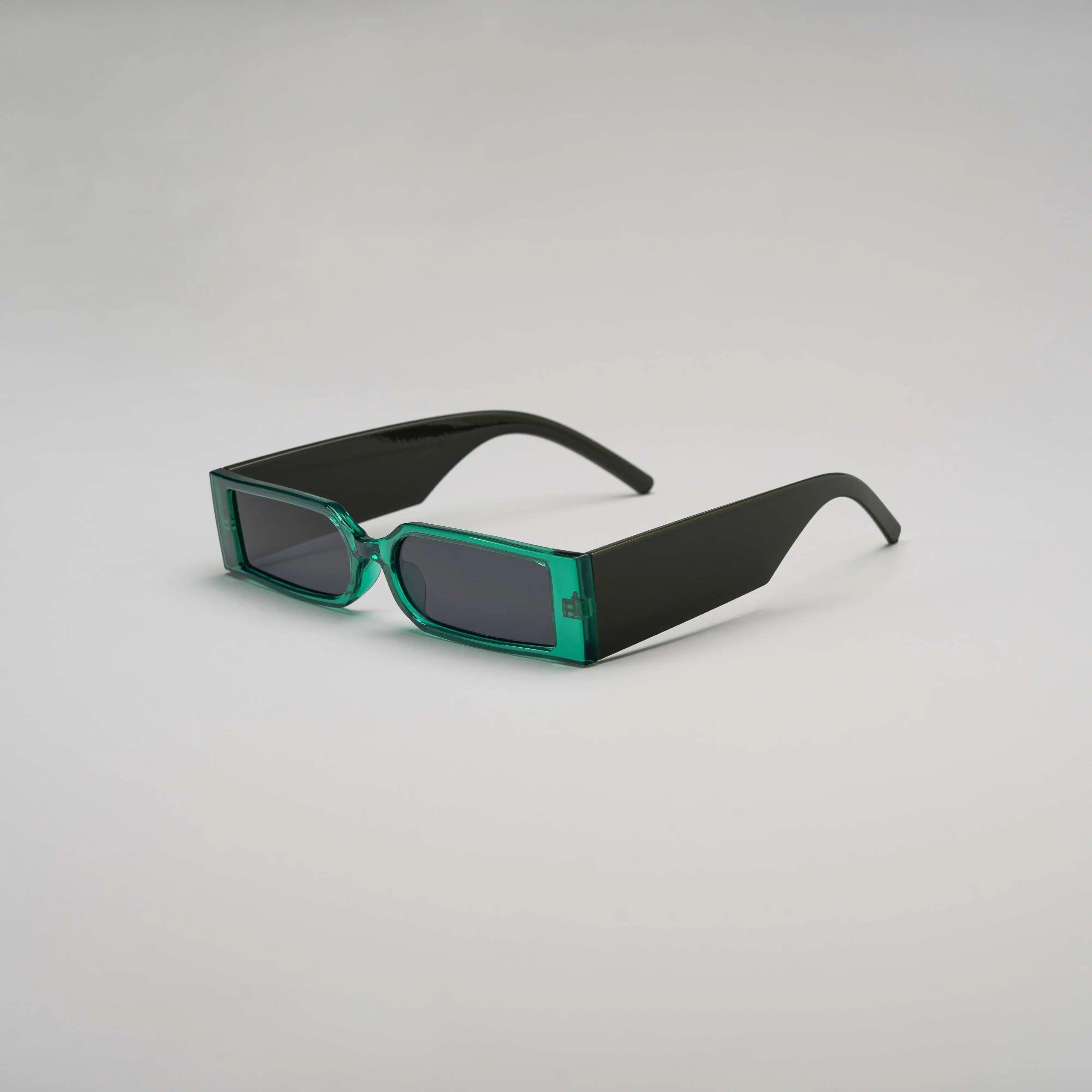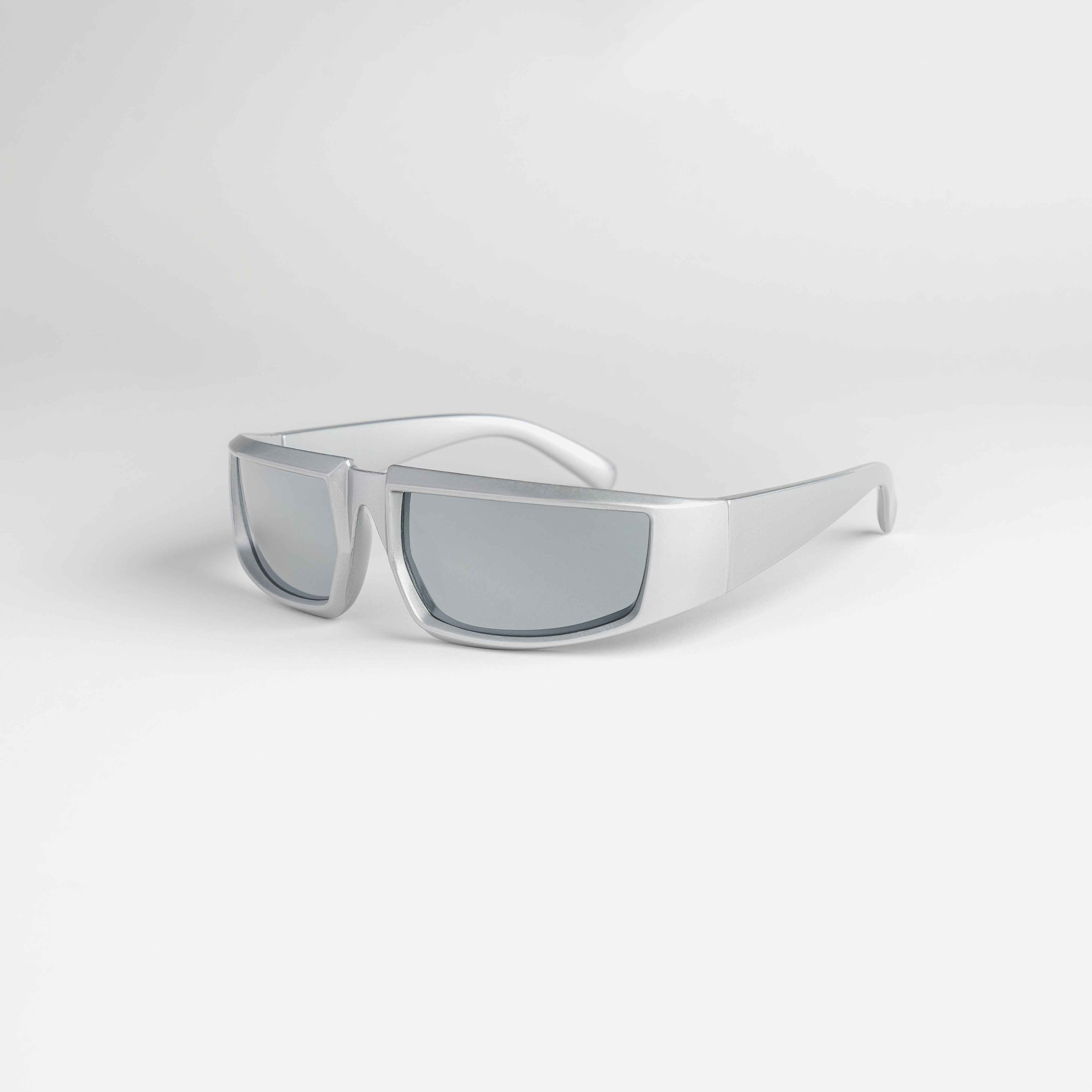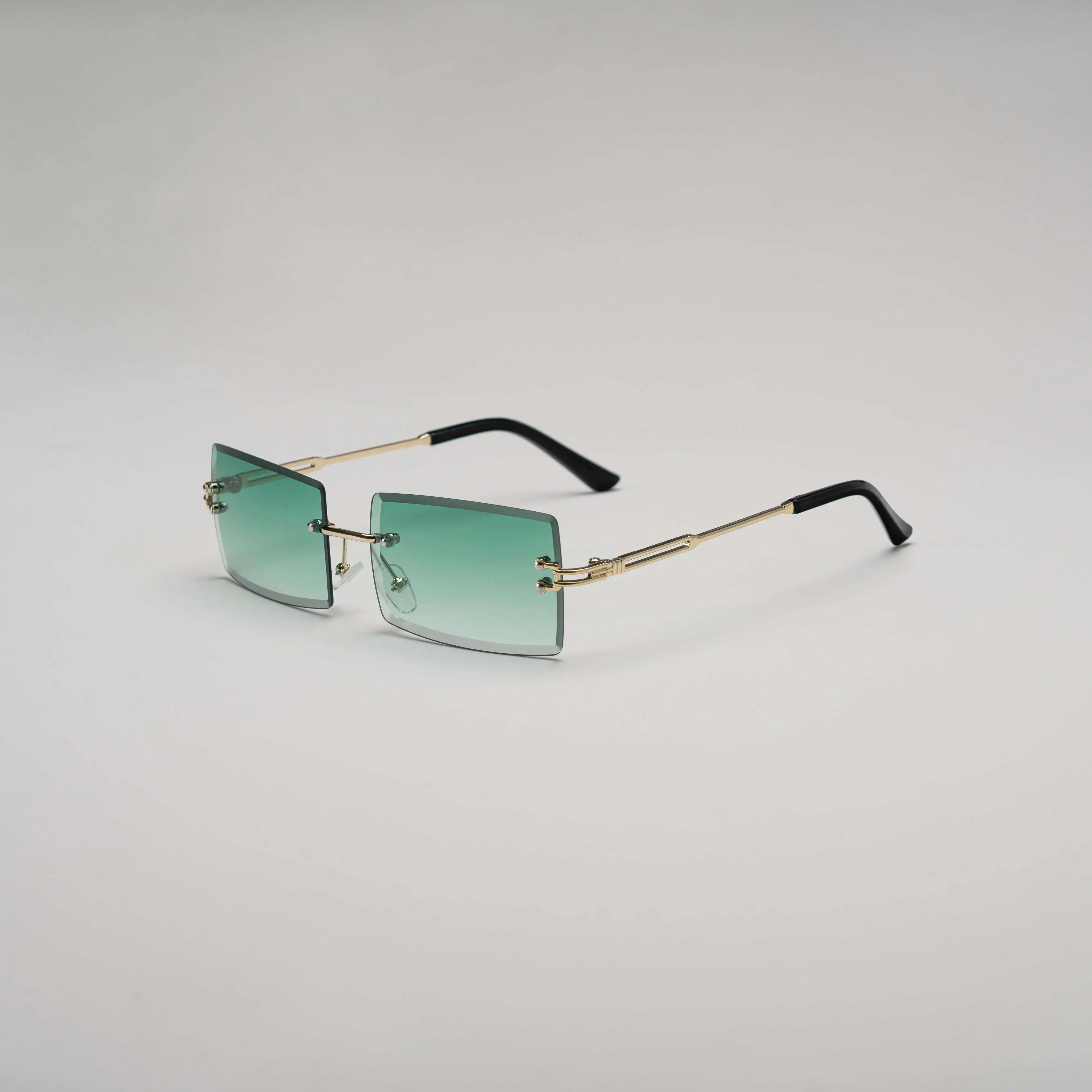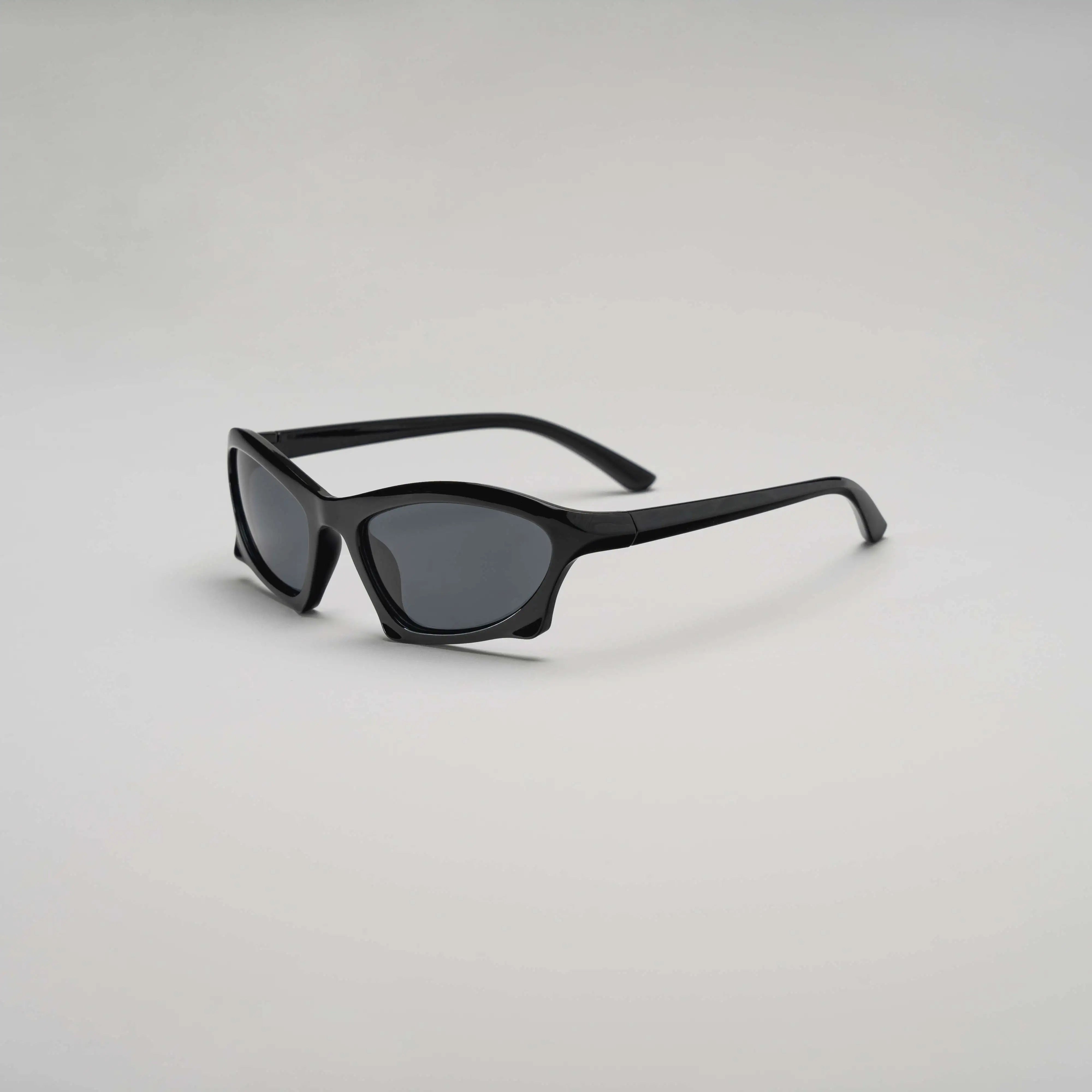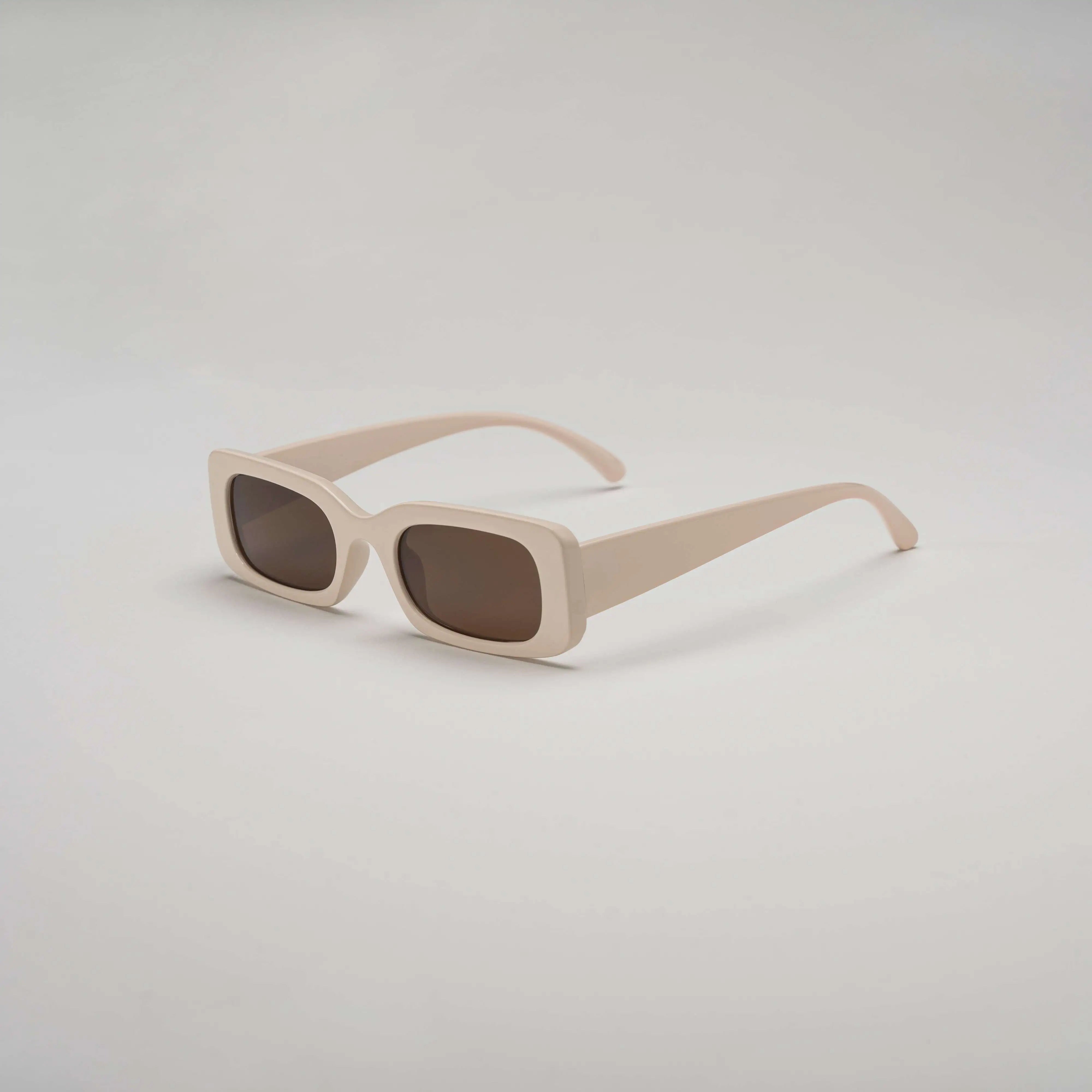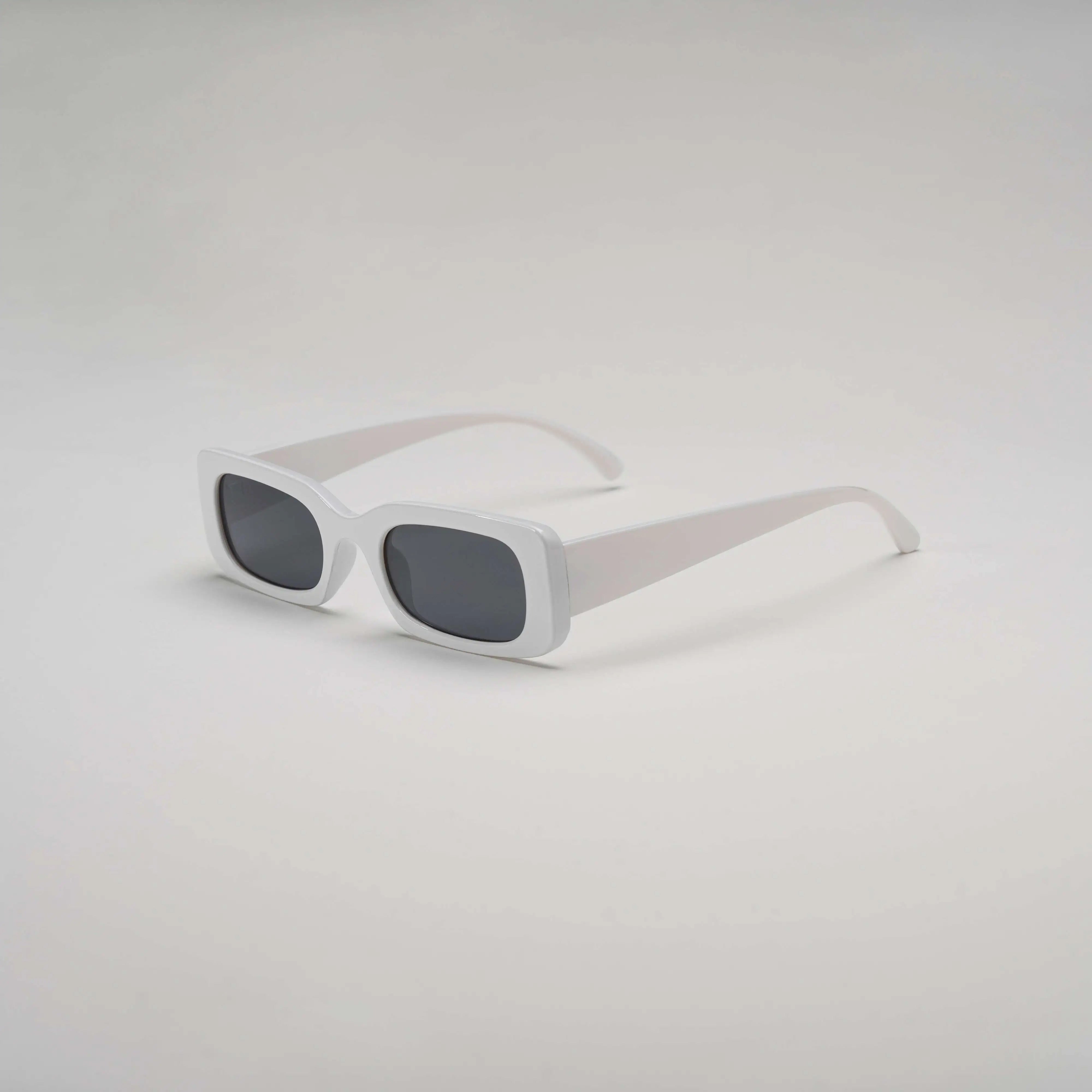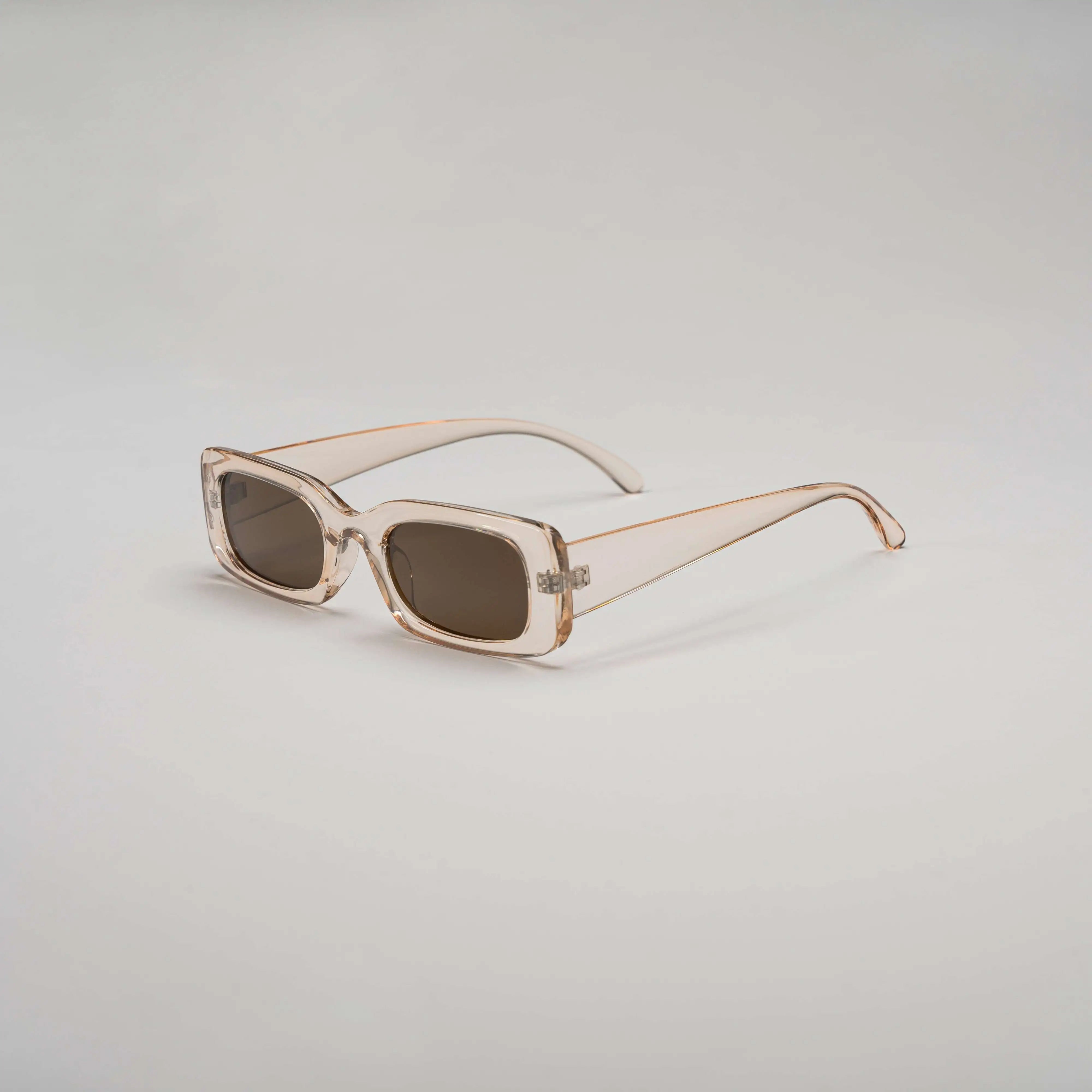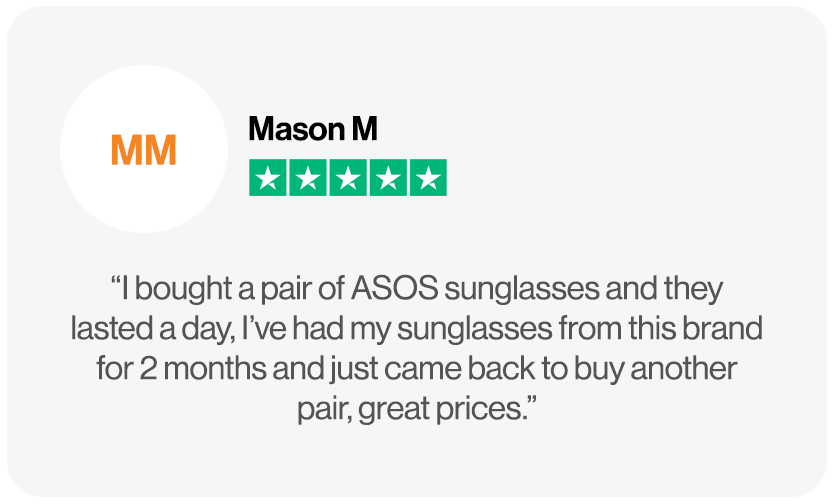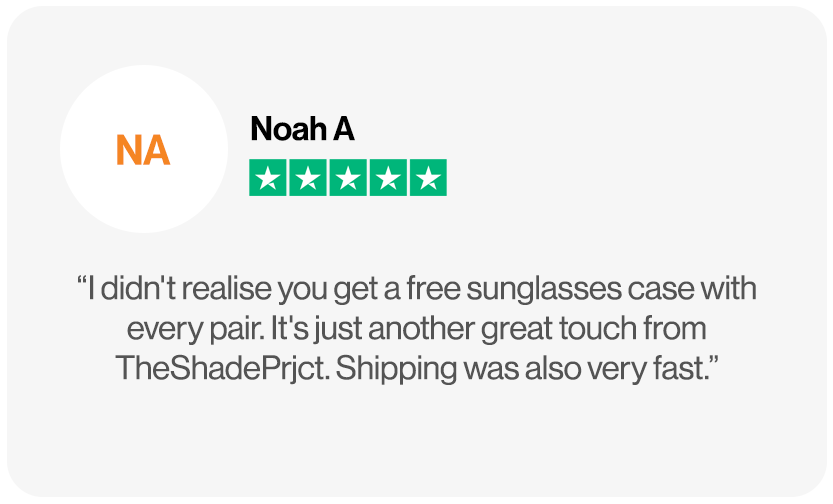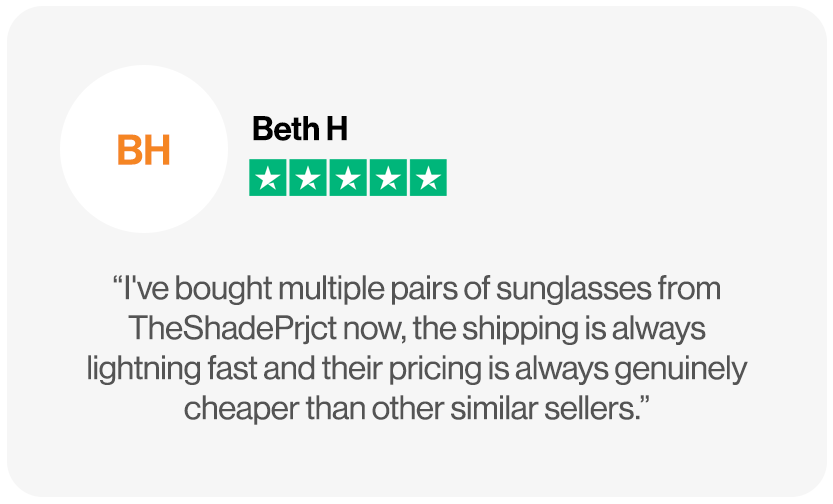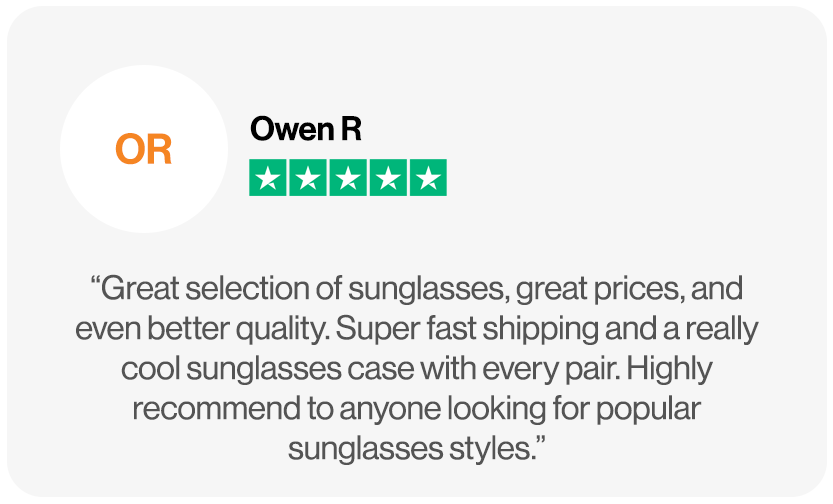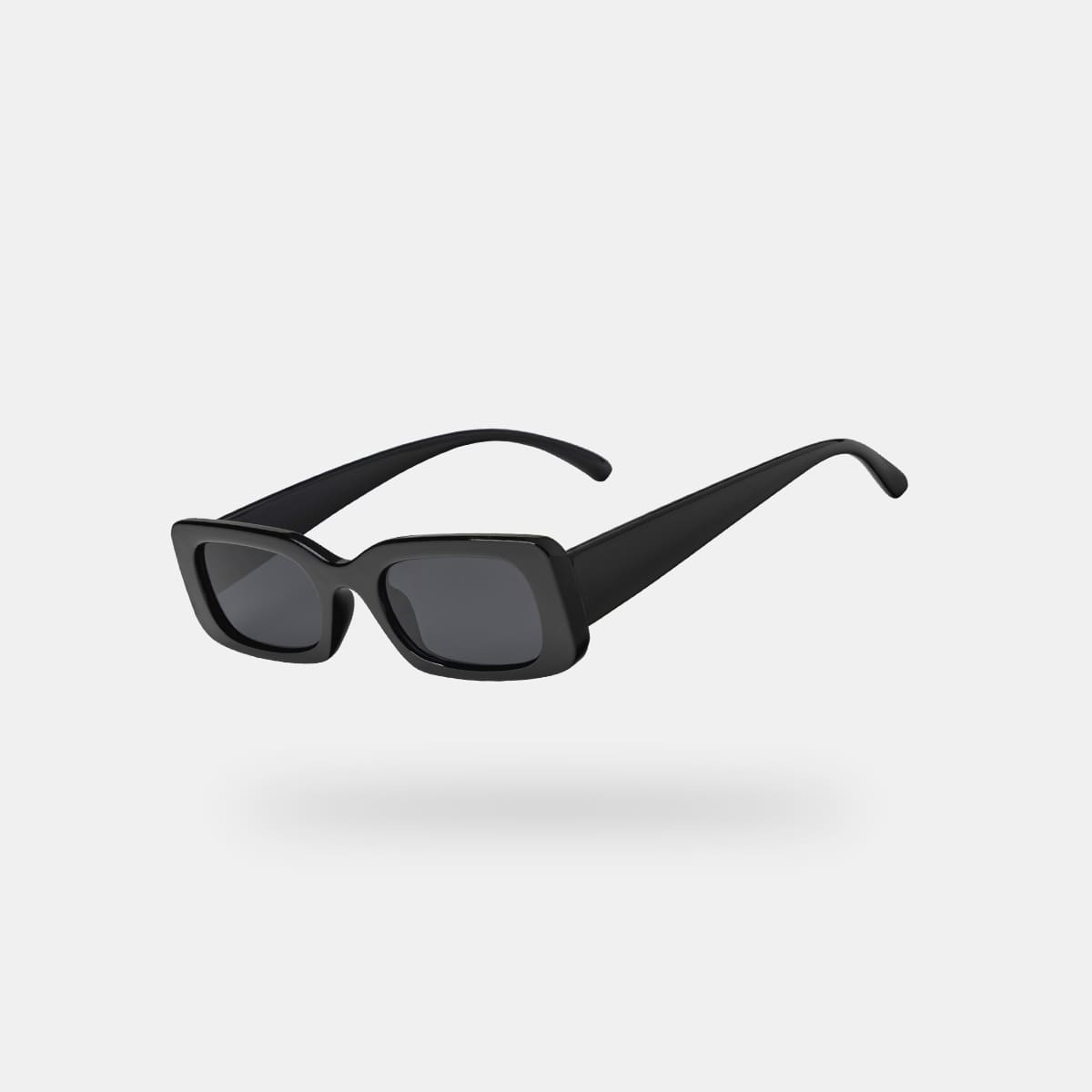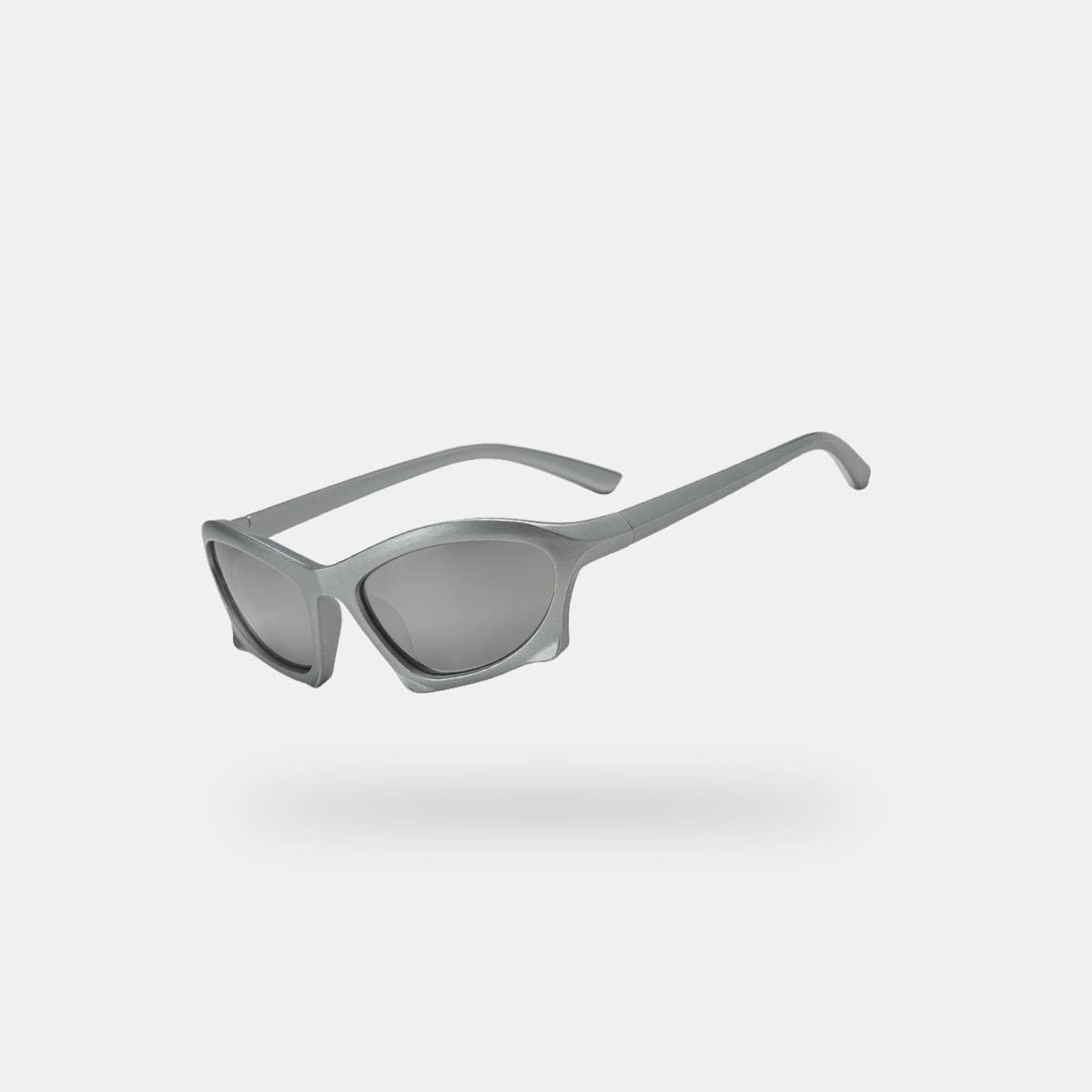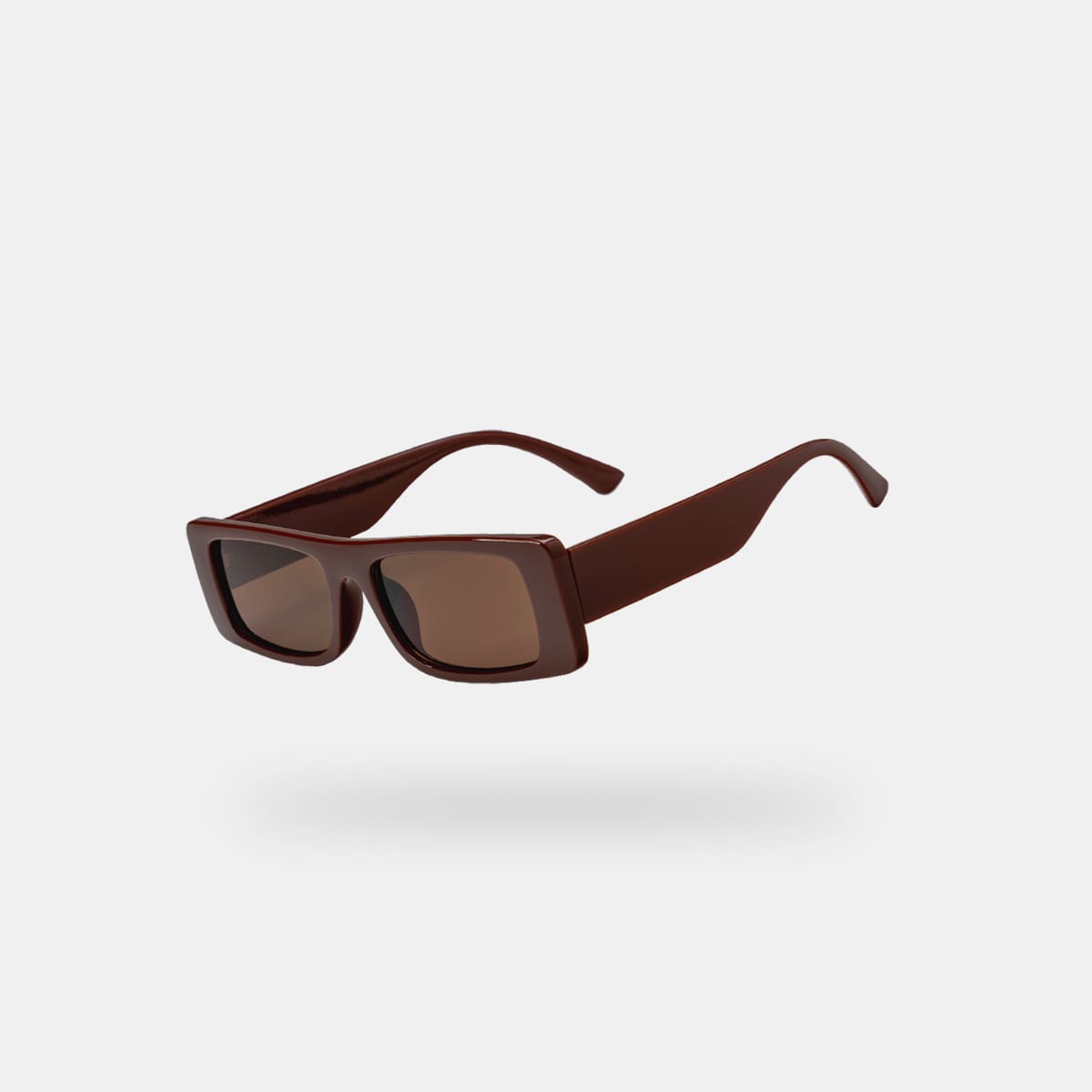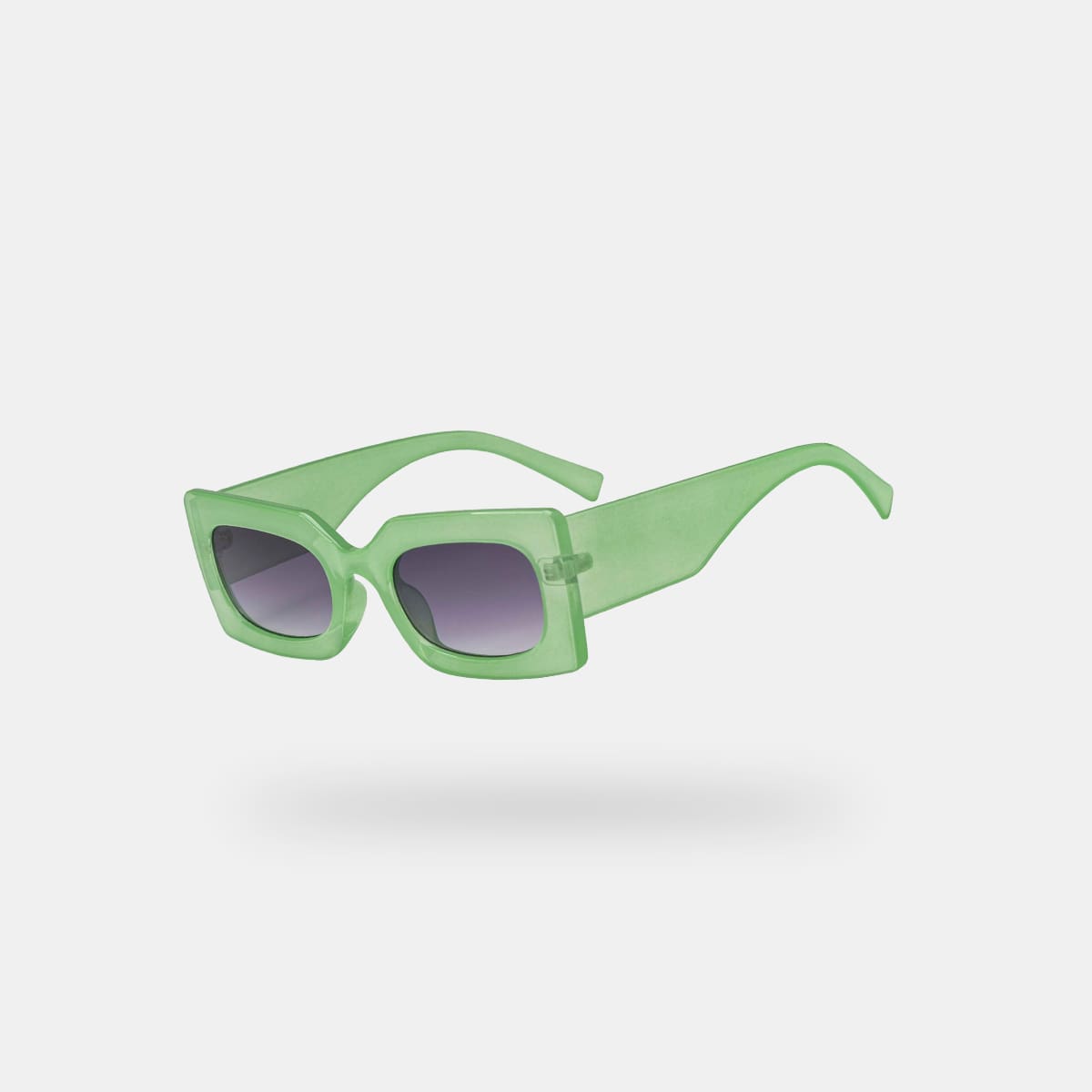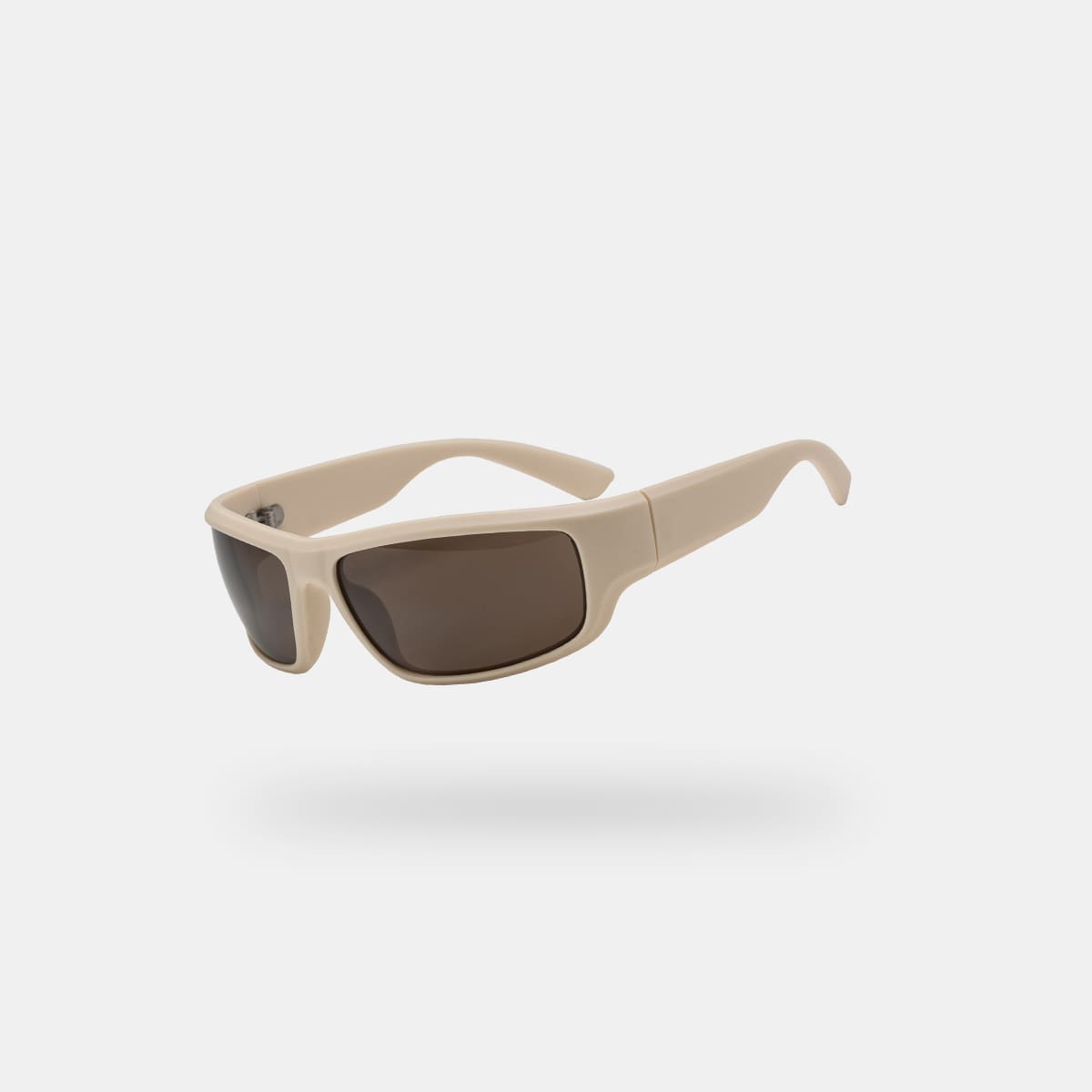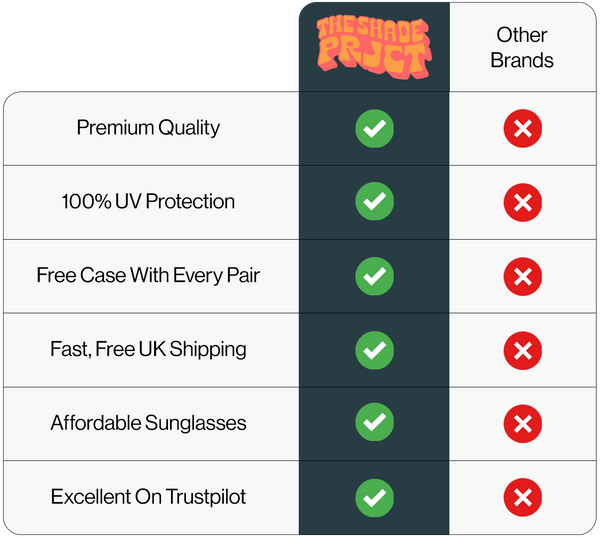Introduction
Sunglasses are more than just a fashion accessory. They play a crucial role in protecting our eyes from harmful UV rays and reducing glare. However, finding the perfect pair of sunglasses can be a daunting task, especially with the multitude of options available. Understanding how sunglasses are measured is essential to ensure a comfortable fit and optimal eye protection. In this comprehensive guide, we will explore the various measurements used in sunglasses, provide tips for finding the right fit, and answer some frequently asked questions along the way.
How Are Sunglasses Measured?
When it comes to measuring sunglasses, several key factors are considered. These measurements help determine the size and fit of the sunglasses, ensuring they offer optimal protection and comfort.
1. Lens Width
The lens width refers to the horizontal measurement of each lens at its widest point. It is typically measured in millimetres (mm). To find the lens width of a pair of sunglasses, you can refer to the measurements usually inscribed on the inside of the temple arm or in the product description of the sunglasses.
2. Bridge Width
The bridge width is the distance between the lenses, across the bridge of the nose. It is crucial for comfort and stability. To measure the bridge width, you can use a ruler or a tailor's measuring tape and measure the distance between the inner edges of the lenses.
3. Temple Length
The temple length is the measurement of the arms or temples of the sunglasses, from the hinges to the ends that rest behind the ears. To find the temple length, you can measure from the hinge screw to the temple tip, including the bend. A tailor's measuring tape will be very useful for this.
4. Frame Width
The frame width represents the overall width of the sunglasses from temple to temple. It helps determine how well the sunglasses will fit across your face and play an important role in choosing the correct sunglasses for your face shape. To measure the frame width, use a ruler and measure the distance between the outer edges of the temples.
5. Lens Height
The lens height measures the vertical distance of each lens. It influences the coverage and style of the sunglasses. To measure the lens height, place the sunglasses on a flat surface and measure the distance from the top to the bottom of the lens.
Things To Consider When Buying Sunglasses
1. Frame Material
The frame material plays a significant role in the durability, comfort, and style of sunglasses. Common frame materials include plastic, metal, acetate, and titanium. Each material has its unique characteristics and advantages. Some are more durable, some are lightweight.
2. Lens Material
Sunglass lenses are made from various materials, including glass, polycarbonate, and high-index plastic. Each material offers different benefits in terms of clarity, impact resistance, and UV protection.
3. Polarisation
Polarised sunglasses are designed to reduce glare caused by reflected light. They enhance visual clarity and provide added comfort, especially in bright outdoor conditions. Polarisation ratings indicate the efficiency of glare reduction.
4. Lens Width
The lens width is an essential measurement when choosing sunglasses that complement your face shape. Different face shapes have varying ideal lens widths that can enhance or balance facial features. We have put together easy-to-understand guides on choosing the right sunglasses for your face shape. To measure the lens width, you can use a ruler and measure the horizontal distance between the widest points of the lenses.
Choosing the Right Lens Width
Consider your face shape and size when selecting the lens width. Round faces often benefit from angular or square-shaped frames, while angular faces can benefit from rounded or oval frames. Experiment with different lens widths to find the most flattering fit.
5. Bridge Width
The bridge width is a critical factor for ensuring comfortable wear and stability of sunglasses. An ill-fitting bridge can cause discomfort and may affect the overall balance of the sunglasses on your face. The bridge width refers to the distance between the lenses, across the bridge of the nose. It can vary in size and shape, and different bridge widths are suitable for different nose shapes and sizes. To measure the bridge width, you can use a ruler or a tailor's measuring tape and measure the distance between the inner edges of the lenses.
Determining the Ideal Bridge Width
The ideal bridge width depends on your nose shape and size. A narrower bridge is suitable for those with a narrower nose, while a wider bridge provides a better fit for those with a broader nose. It's important to ensure that the bridge sits comfortably on your nose without causing any pressure points.
6. Temple Length
The temple length plays a crucial role in achieving a secure and comfortable fit. Ill-fitting temples can cause the sunglasses to slip or dig into the side of your head, leading to discomfort and potential damage. The temple length refers to the measurement of the arms or temples of the sunglasses, from the hinges to the ends that rest behind the ears. It ensures that the sunglasses stay securely in place and maintain their position on your face. To measure the temple length, place the sunglasses on a flat surface and measure from the hinge screw to the temple tip, including the bend.
Selecting the Correct Temple Length
The correct temple length should extend straight back and rest comfortably on your ears without pressing too tightly. If the temples are too short, they may not reach behind your ears, causing the sunglasses to slide down. On the other hand, if the temples are too long, they may cause discomfort or create a gap between the temples and your head.
7. Frame Width
The frame width is an essential measurement when selecting sunglasses that complement your face shape and ensure a balanced and proportional look. The frame width determines how well the sunglasses fit across your face. It should be wide enough to provide a secure fit without feeling too tight or causing discomfort. To measure the frame width, use a ruler and measure the distance between the outer edges of the temples.
Selecting the Appropriate Frame Width
The appropriate frame width should align with the width of your face, ensuring that the sunglasses neither extend beyond nor fall short of your facial features. Frame width that is too narrow can create a pinched appearance, while a width that is too wide may overwhelm your face.
8. Lens Height
The lens height measurement is crucial for finding sunglasses that offer adequate coverage while still maintaining a stylish look. The lens height measures the vertical distance of each lens. It determines the coverage provided by the sunglasses and can vary from small to oversized lens heights. To measure the lens height, place the sunglasses on a flat surface and measure the distance from the top to the bottom of the lens.
Choosing the Optimal Lens Height
Consider your personal preference, the level of coverage desired, and the balance with your facial features when choosing the lens height. Oversized lens heights offer maximum coverage and a bold statement, while smaller lens heights provide a more subtle and classic look.
9. Frame Material
The frame material greatly impacts the durability, comfort, and style of sunglasses. Different frame materials have distinct characteristics and advantages. Common frame materials include plastic, metal, acetate, and titanium. Each material has its unique properties, such as flexibility, lightweight, strength, and hypoallergenic qualities. Consider factors such as durability, flexibility, weight, hypoallergenic properties, and style when selecting frame materials. Different materials suit different preferences and lifestyle needs.
Popular Frame Materials Explained
Plastic frames are lightweight, affordable, and available in a variety of colours and styles. Metal frames are durable, corrosion-resistant, and often feature adjustable nose pads for a customised fit. Acetate frames offer a wide range of colour options and are known for their comfort and flexibility. Titanium frames are lightweight, hypoallergenic, and exceptionally durable.
10. Lens Material
The lens material is a crucial factor in enhancing visual clarity, providing impact resistance, and offering UV protection. Sunglass lenses are commonly made from glass, polycarbonate, and high-index plastic. Each material has its unique benefits and drawbacks in terms of optics, durability, and weight. Consider factors such as visual clarity, impact resistance, weight, and UV protection when choosing lens materials. Different materials offer varying degrees of these qualities.
Comparing Lens Materials
Glass lenses provide excellent optical clarity but can be heavier and more prone to breakage. Polycarbonate lenses are lightweight, impact-resistant, and ideal for sports and outdoor activities. High-index plastic lenses are thin, lightweight, and offer excellent optical performance. Each lens material caters to different needs and preferences.
11. Polarisation: Reducing Glare for Improved Vision
Polarised sunglasses are designed to reduce glare caused by reflected light. They offer enhanced visual clarity and provide added comfort, especially in bright outdoor conditions. Polarised lenses significantly reduce glare from surfaces such as water, snow, and roads. They enhance contrast and colour perception, reducing eye strain and fatigue. Polarised lenses are rated for their level of polarisation efficiency. Ratings such as 99% polarisation or 100% UV protection indicate the quality and effectiveness of the lenses. If you're unsure about selecting sunglasses with polarised lenses, we answer the question 'are polarised sunglasses worth it?'
Choosing Sunglasses with Polarised Lenses
Consider your outdoor activities and the level of glare you encounter when choosing sunglasses with polarised lenses. They are particularly beneficial for water sports, driving, and activities in bright sunlight but sunglasses with 100% UV protection do a good job of this for often a fraction of the price.
Conclusion
Understanding how sunglasses are measured is essential for finding the perfect fit and ensuring optimal eye protection. By considering measurements such as lens width, bridge width, temple length, frame width, lens height, and factors like frame material, lens material, and polarisation, you can select sunglasses that not only enhance your style but also safeguard your eyes from harmful UV rays. So, next time you shop for sunglasses, use these measurements as a guide to finding the perfect pair that fits you like a charm.
Frequently Asked Questions
1. How do I measure my face shape?
To determine your face shape,

